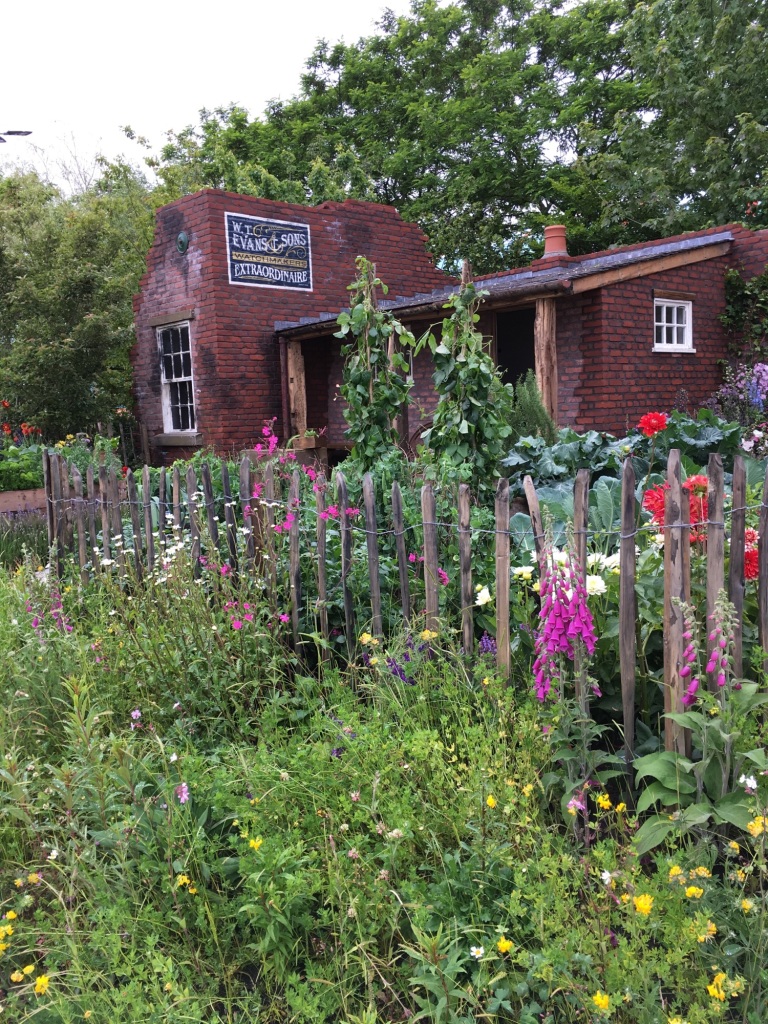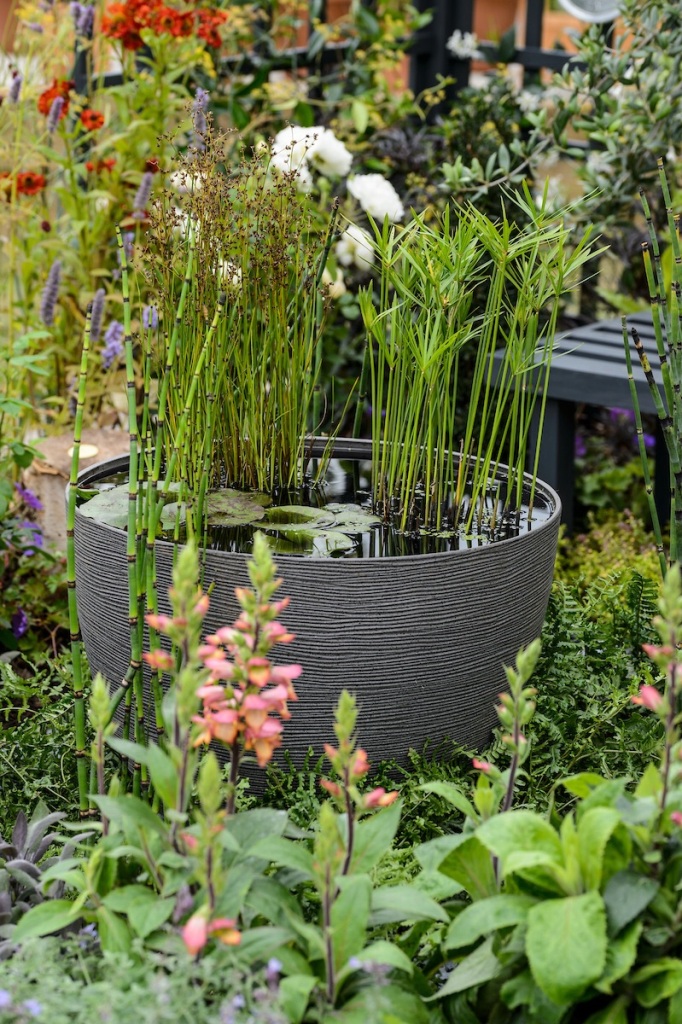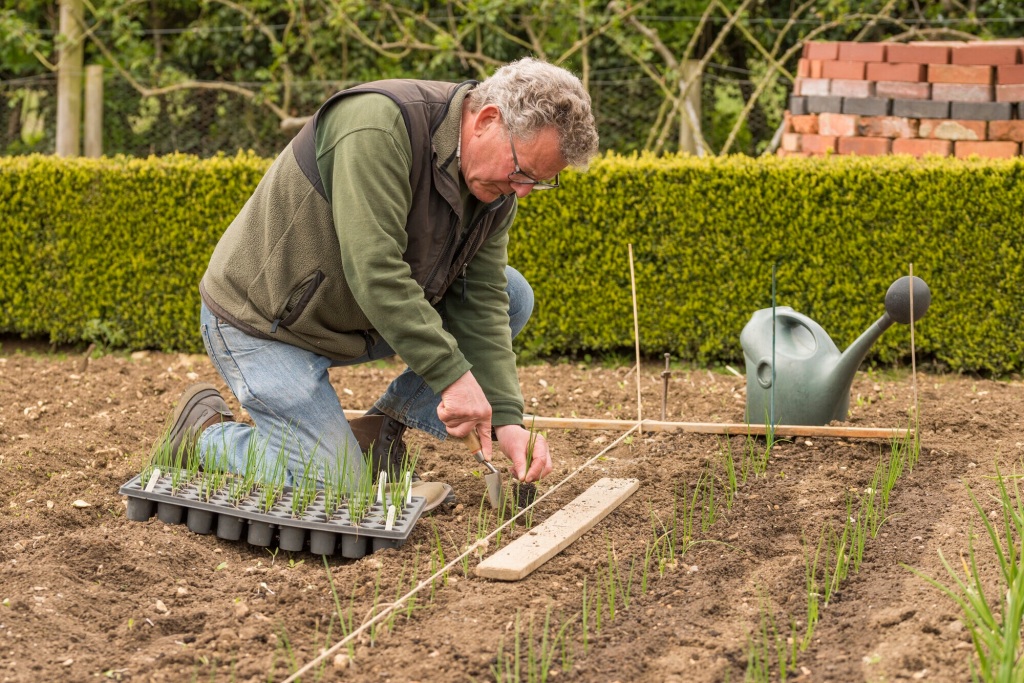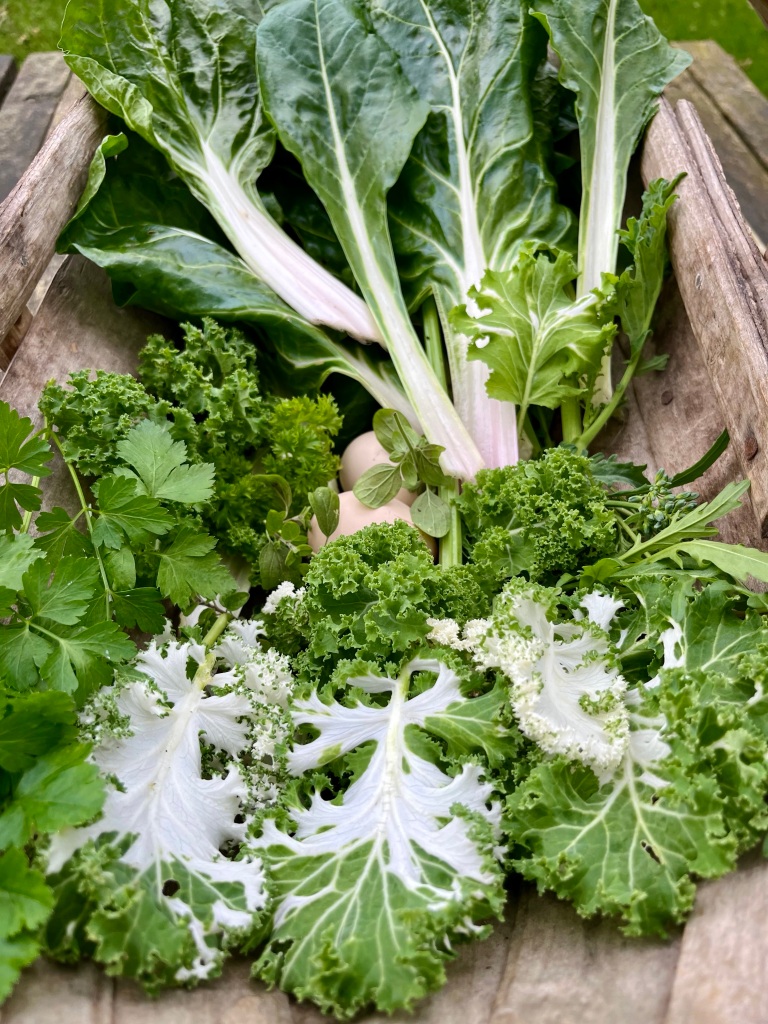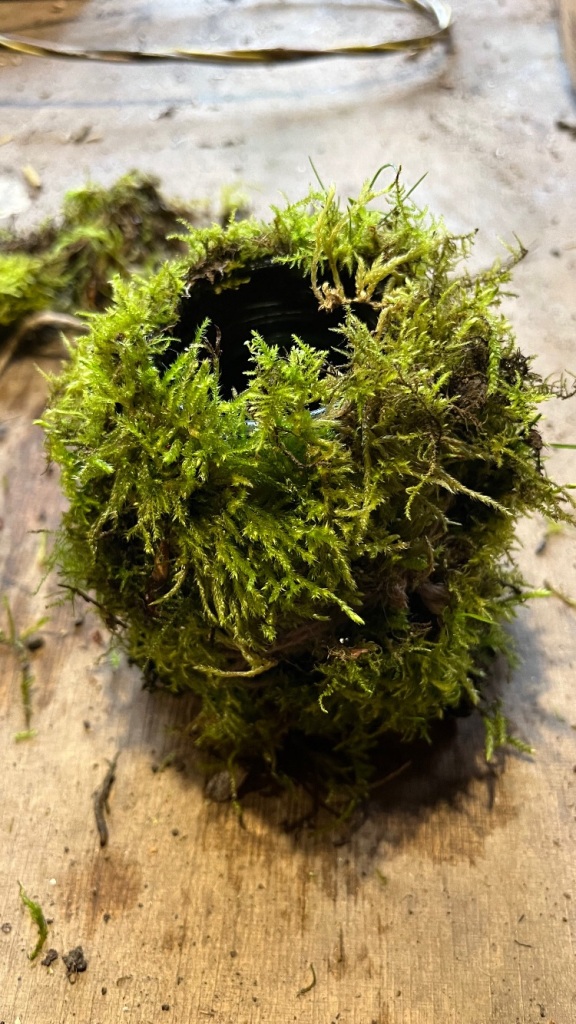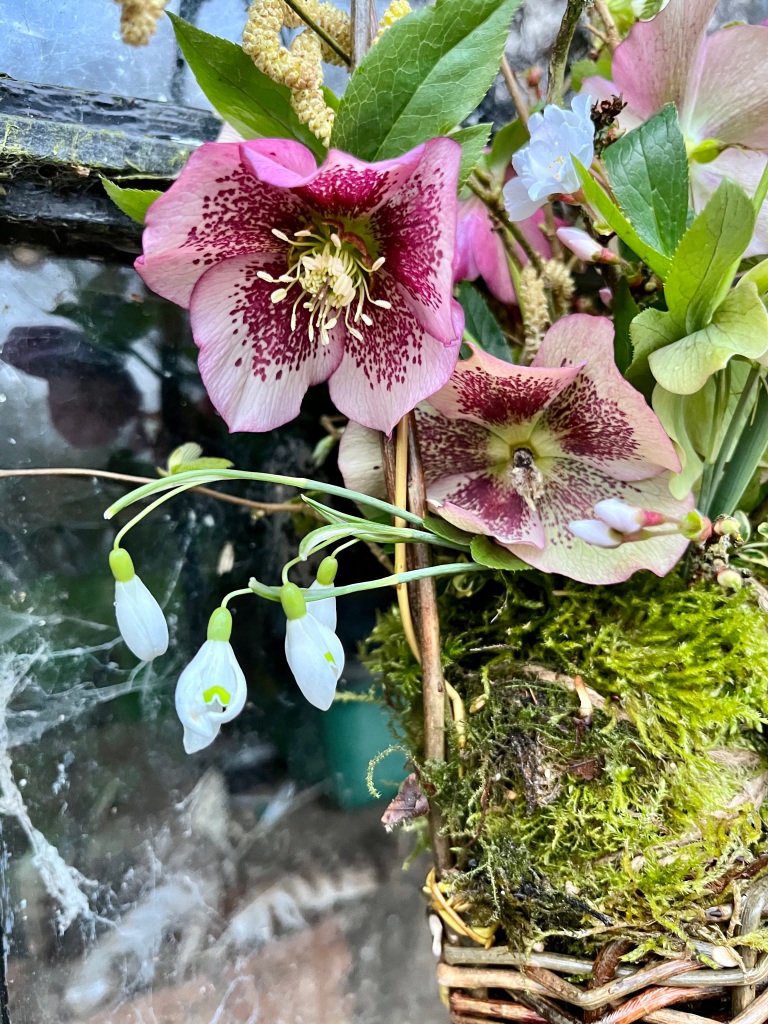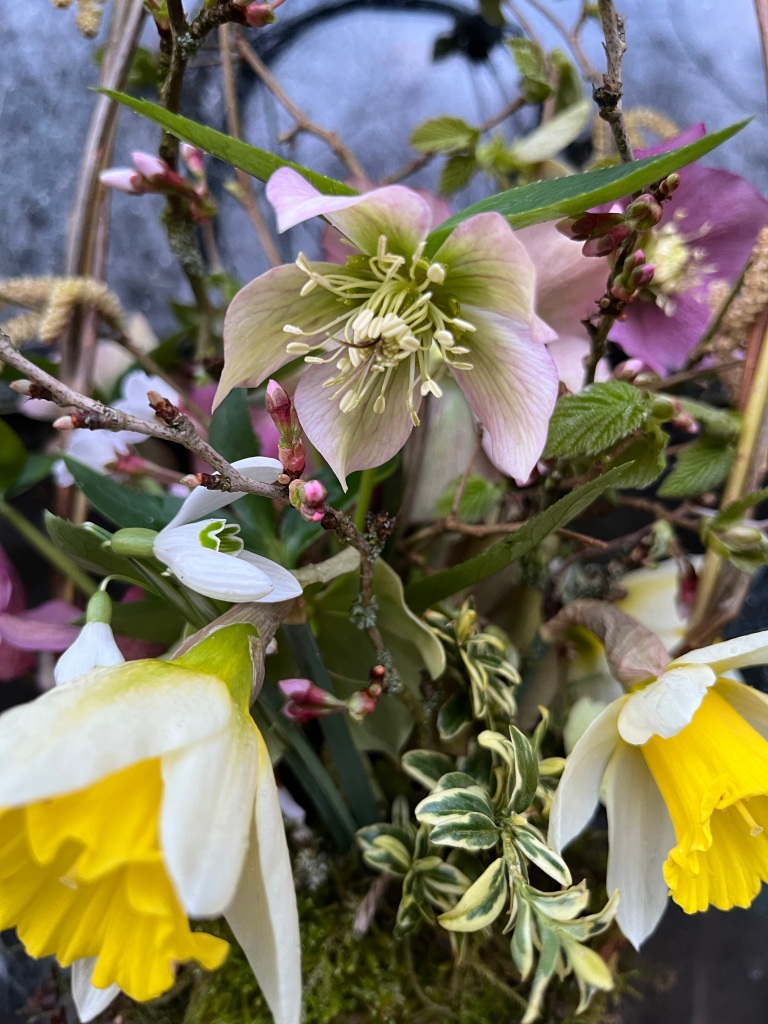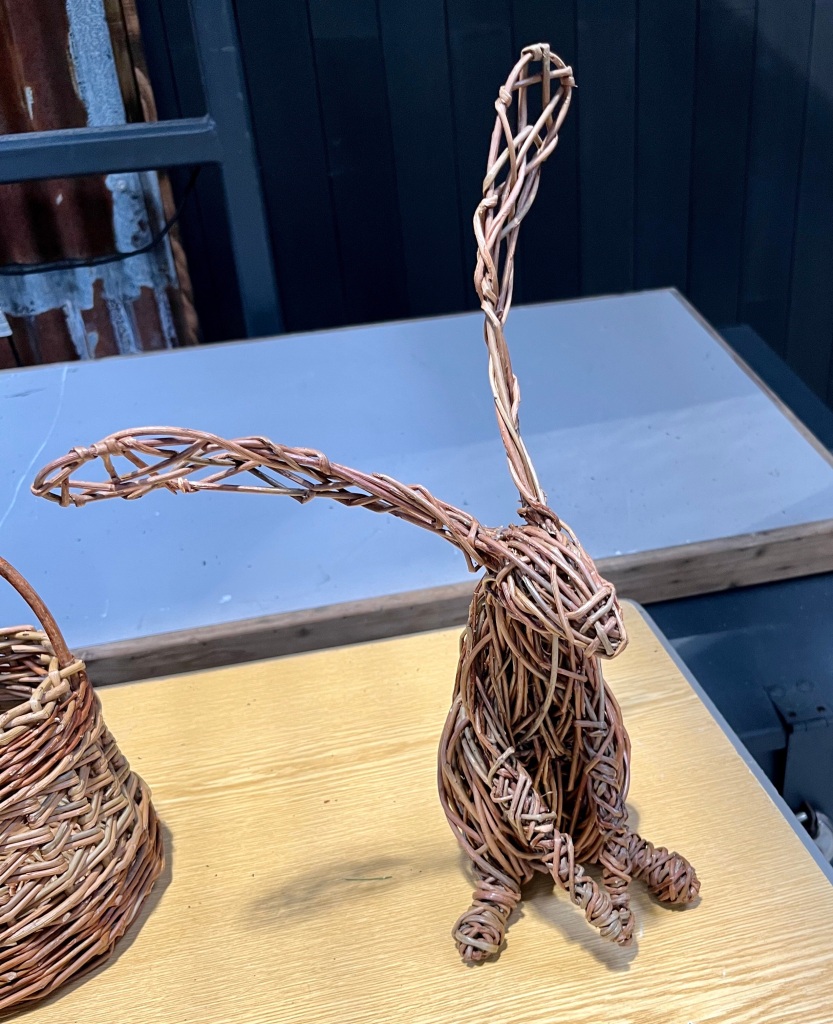
I try to pass on any cautionary tales I think might be useful for gardeners.
A friend told me about her propagator catching fire causing flames 2ft high and damaging her kitchen. So I’m passing on her story in case it proves useful to any readers.
Judith Boston is a keen and experienced gardener who opens her garden in Leicestershire for the National Garden Scheme.
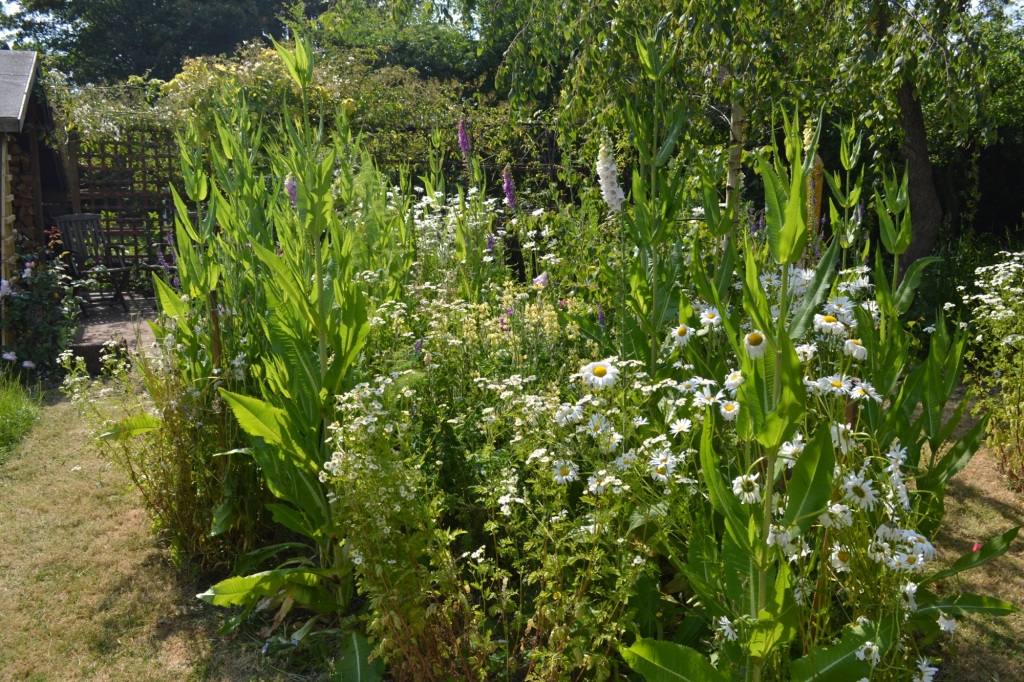
Here is her story, in her own words.
The propagator was one of two placed on an old picnic table in the dining part of the kitchen- the picnic table had a plastic coating. During the afternoon I noticed a peculiar smell which intensified during the afternoon. In conversation with my husband, we decided that it was the scent from the narcissi, which were on the kitchen table and had been sent from the Isles of Scilly from my daughter for Mothering Sunday. We have a long association with St. Martin’s IOS and these flowers come from there and so have special significance. However, they do have a strong scent. I did comment that they smelled a little like burning. Note to self to be more curious with peculiar smells- not flowers but burning electrical components!
I then went to my Parish Council meeting and on return sat in the sitting room before going to bed. At 9.50pm the smoke alarm went off and we both hurried into the kitchen to find the propagator alight with 2 feet high flames. The floor was also on fire. We opened the back door and my husband carried the tray with the propagator on it out and placed it on the grass, having disconnected it. I hosed it down and put out the fire on the floor. The fumes from the burning plastic were intense.

We have a smoke alarm and a circuit breaker. The smoke alarm worked very well. The circuit breaker didn’t trigger, but because of the suspected nature of the fault, may not have done. If the wires burn through one at a time, there isn’t a sufficient connection between them to trigger a break- so it wouldn’t necessarily have gone off.
We were very fortunate that we were in at the time. If we had been out, the fire would have taken hold. I have switched off my other propagator and placed the seed trays on a windowsill.
The propagator was from my late father, an excellent, keen gardener. He passed away 8 years ago, so it was old! However, I’ve never had problems before, it was in good condition (seemingly) and was very low heat. It was a large propagator. I’m unsure of the make.
I have been gardening for at least 40 years, my father was a keen gardener, my grandfather was a professional gardener- it’s in the blood. I’ve never had a problem like this before. I’m not sure how you check a propagator for safety- maybe a PAT test, which isn’t done in domestic properties.
The propagator was a write off . Nothing could be salvaged- the pots were beyond repair. Nothing had germinated, maybe due to the increasingly high temperatures. I growing HHA flower seeds- cosmos, scabious, lobelia and others.
Note to self: Follow your nose, be curious around unusual smells and keep your eyes open.
We were lucky. The kitchen needs redecorating, the fumes and plastic particles were all over the house and took many hours of cleaning, but we are alive and well, the house is still standing and our garden is open for NGS on 12th May, with or without my home grown plants!
Judith Boston lives in rural Leicestershire in Carlton. Here are some photos of her garden. Please visit and support the NGS whenever you can.



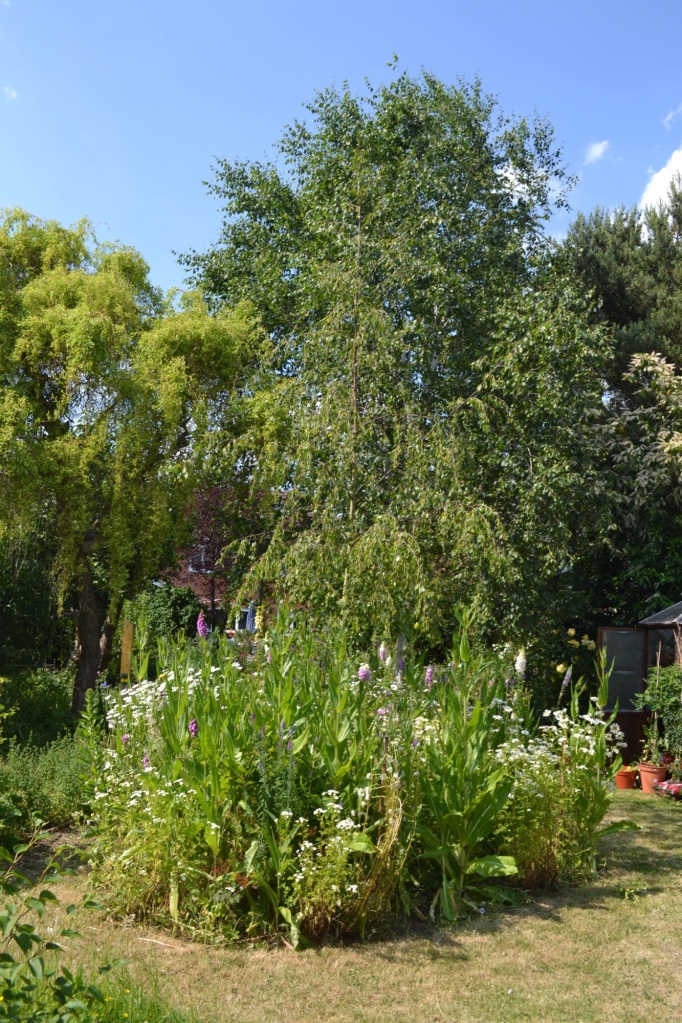


An electrician commented that the incident highlights the value of smoke alarms which allows people to escape from properties before fires manage to take hold. Regularly check your smoke alarms are still working and change batteries frequently. And always have an escape plan in case of fires. Work out how you would manage to escape if fire broke out in your home. And tell everyone who lives in the property and anyone visiting. It’s not a subject we discuss very often, but could be a life-saver.
Thank you for reading my blog. You are among 1,000 readers a week. I’m very grateful for all your support. Please leave a message and sign up for e mail notifications for future blog posts. Thank you.
